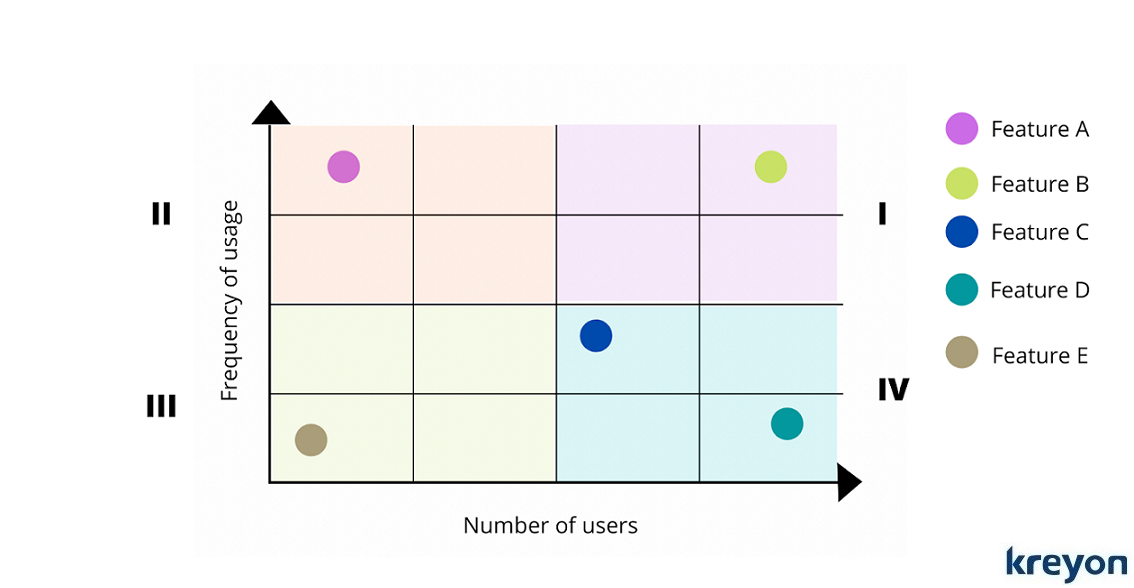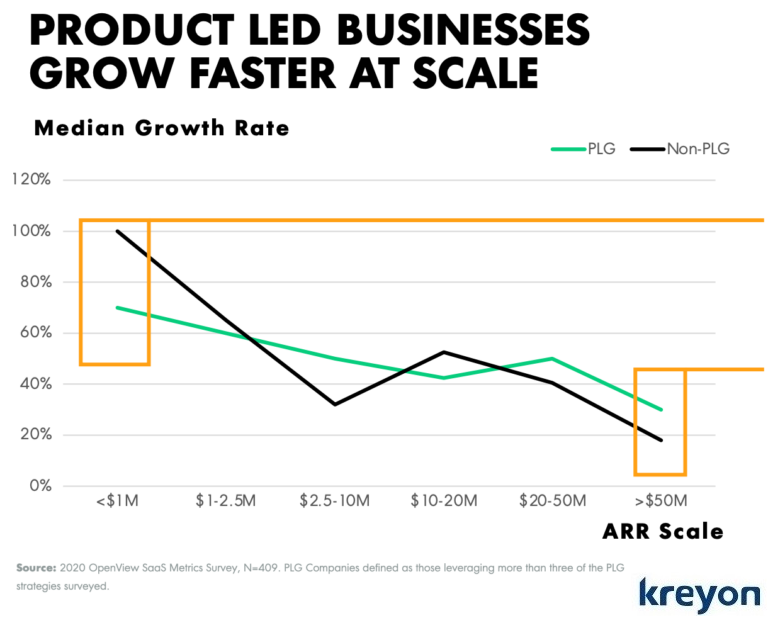What makes a Good Product Team!

A good product team is known for the quality of the products it builds. When customers fall in love with a product, a good team is born not necessarily the other way around. Teams that build software products experiment, innovate and keep evolving until they perfect what they’re creating.And then they do it again. Such is the nature of software products, the disruptive nature of technology ensures that no product is guaranteed to last unless it evolves with time, none whatsoever.
So, what makes a good product team versus an ordinary one? Even the likes of Google, Amazon, and Microsoft have delivered several products that failed to capture the pulse of their users. A good product team translates vision into successful products that are loved by their customers. Here’s a look at what makes a good product team according to studies and research conducted on several growth-stage companies that built products from the ground up.
1. Own Product Vision

The product vision is the reason why a team is building what it is building. When a team understands and owns the product vision, it signifies their deep involvement in building the product.
The product vision connects the team to their work. Everything follows from that. When teams reason, question, and build things from the depth of knowledge, it leads to remarkable products.
The ownership of the product and accountability for the results makes a world of difference. Teams that take ownership of what they are doing care about the products they are building. They hold themselves accountable for the product, work with increased focus and vizualise the big picture.
2. Focus on the Problem First
Great products are built where teams fall in love with their customers not their solutions. This is a simple metaphor for building an understanding of what is needed by your customers and the market.
Good teams understand the importance of involving customers early into the development process and test features in the customer environment. The customer interviews lead to the determination of what needs to be built for the customers. It is the problem and careful analysis of what customers are looking for that drives the development processes. The product features are prioritized according to customer needs.
3. Product Feature Adoption
 Teams that deliver successful products know what customers want. They build a core product usage and prioritization matrix to assess product interactions with the end-users.
Teams that deliver successful products know what customers want. They build a core product usage and prioritization matrix to assess product interactions with the end-users.
One of the biggest hurdles in building the right product is adding the wrong features to the product. The development resources need to be utilised in delivering the features that add the most value for the users.
Using the product feature adoption matrix, features can be categorized as:
Q I — High no. of users & high-frequency usage
Q II — Low no. of users & high-frequency usage
Q III — Low no. of users & low-frequency usage
Q IV — High no. of users & low-frequency usage
Clearly, a company that understands where users are spending time and deriving value can prioritize its efforts with clarity. When customer outcomes are mapped with product
feature adoption matrix, teams can deliver better products. The idea is to improve the usability aspects of the product for the features that add the highest value and have a high frequency of usage.
4. Useful Technology Trends
A good product team understands technology trends. It reinvents the product according to the needs of consumers and relevance. The top teams are not afraid of cannibalizing what they have built in the past, but often disrupt things proactively. They are always on the lookout for cutting-edge technology to develop superior solutions, even at the cost of making their old products obsolete.
When teams are looking at breakthrough product improvements, they can optimize for costs, customer efforts, time, risk, and sustainability. Good product teams use meaningful technology trends that improve the product tangibly for the customers. They leverage new technical capabilities to innovate and solve customer problems in more effective ways.
5. Right Team Structure

A good product team has the right balance and team structure. It has the right mix of developers, designers, product owner, manager, marketing, accounting & finance, customer representatives and sales personnel. Many times, when engineering teams dominate the product development phase, it can be counterintuitive for growth.
A collaborative and interactive relationship between different product functions is integral to achieving product success. A team that is too large or doesnt represent all business functions is likely to miss important aspects of building the right product. A good team knows how to build, market, sell, support and scale a product.
6. Market Assessment
Customer value proposition ranks very highly for making a product successful. Good product teams have ways to identify and survey the gaps in the existing market. These teams are able to identify the value proposition that customers are willing to pay for and the value it brings them.
A team with the right skills, experience, and market understanding knows how to deliver great value to their customers. They evangelize products based on the outcomes customers are looking for. These teams translate the business needs to viable products that results in value creation for everyone. Whether it is design sprints, resource allocation, prioritisation of features or delivering great value at affordable price points, a good product team delivers the results with consistency.
7. Growth & Scale
 Technology businesses are easier to scale when the basic building blocks are sound. A good product that introduces a breakthrough technology solution can rapidly scale to serve a large customer base.
Technology businesses are easier to scale when the basic building blocks are sound. A good product that introduces a breakthrough technology solution can rapidly scale to serve a large customer base.
Take the e.g. of VMotion developed at VMware. It was conceived by an engineer and the company found a way to monetize it, paving the way for a billion dollar business. VMotion is the technology that enables live migration of running virtual machines from one physical server to another with zero downtime, uninterrupted service availability and complete transaction integrity.
Software products give the scale and flexibility that allows a company to grow. Product teams that have the right mix of talent, skills, experience and knowledge of customer environment are likely to build scalable products.
8. Execution Bias
A great team knows what it takes to build and execute things. They deliver the right products for the right customers. Execution bias ensures they are consistently trying out new experiments and failing forward, until they nail the right product.
Strong leadership improves team’s focus and engagement. Studies have shown that teams that work very closely with executives and enjoy their unwavering support perform exceedingly well.
When teams are aligned with the product strategy, trust their leadership and focus on their core tasks, they are likely to produce extra ordinary results. Focus is the ability to zone into the most important value drivers for the customers, and leaving everything else. The best teams know where they have to draw the boundaries and say no to deliver outstanding products.
Execution bias also helps companies deal with ever changing priorities and product roadmaps. As technological disruptions are commonplace, companies often need to change their strategies overnight and adapt quickly. Teams that experiment, iterate and deliver with pace are more likely to develop winning products.
Kreyon Systems is a SaaS product company with expertise in enterprise SaaS. If you have any queries for us or need assistance in building software products, please reach out to us.
